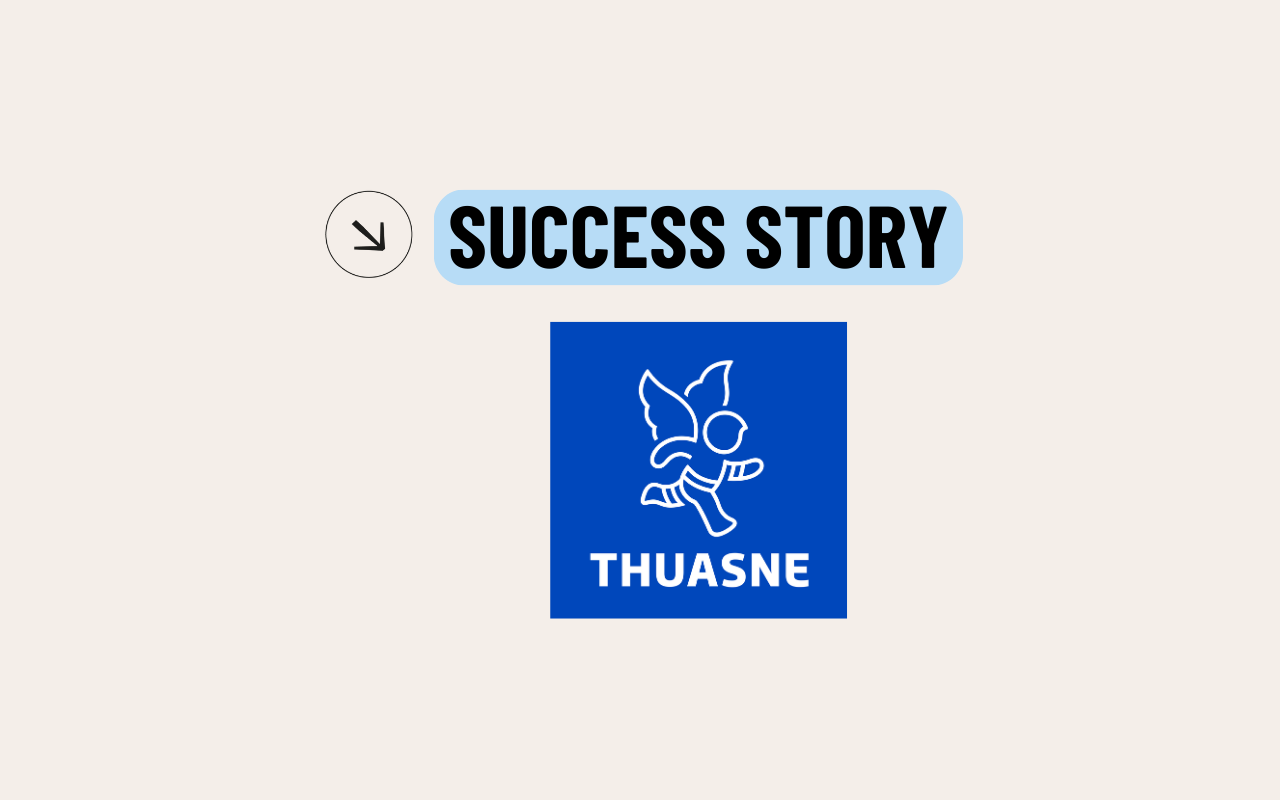White Papers: enhancing your professional expertise
White papers first emerged in the United Kingdom during the period between the two world wars. They were initially created to provide a concise source of information on an issue and were designed to inform policy decisions. In recent decades, companies have adopted white papers to promote their expertise. The idea is to step back from sales and marketing, take a stance on a topic, and use this to underline the company’s expertise and credentials. Intended as an educational resource with a lifespan of at least several months, this premium product primarily targets external audiences, including customers, leads and prospects. But white papers can also be used internally as a training tool.
Take a stance on a key topic
A white paper is usually about ten pages long and released in a digital and/or hardcopy format. Visually arresting and dynamic, a white paper can be issued as a one shot or built into a series, forming a collection that tackles a common theme.
There is a lot of freedom when creating white papers, but experience shows that they are usually used to:
- Promote expertise or a solution
- Share convictions and best practices around a specific topic
- Take a position on a shift in usage or a complex issue, in particular by adopting a forward-looking stance
White papers can be used to cater to different levels of expertise, by increasing the complexity over the course of the document.
Some examples of themes selected for white papers:
- Allianz Trade, world leader in trade credit insurance: Boost your financial performance analysis
- Siemens, leading technology company: Customization in the Food and Beverage Industry
- Tessi, a European leader in Business Process Services (BPS): Marketing technologies: when AI transforms the management of sales activation campaigns
- ALD Automotive, leading leasing company in Europe: The future of e-mobility
- Cisco, worldwide technology leader: networking and your competitive edge
Editorial and graphic design quality
One key challenge addressed by white papers is to establish the company’s credentials in a given area. So how do you do that? First and foremost by providing high-quality, meaningful content, but also by highlighting hands-on examples, including testimonials from the firm’s own experts and outside specialists, whose contribution lends added authority to the paper. It is also important to identify a news hook that will make people pay attention to the topic.
Besides the need to provide relevant content, graphic quality is another decisive factor. A major pitfall here is trying to be exhaustive. Try to pack in too much information, and your paper will inevitably become less readable.
Papers benefit from an uncluttered layout that allows highlighted elements to shine through. When integrated harmoniously into the running text, elements such as boxes, key figures, quotes, top tips, top fives, pictograms, infographics, and internal or external links can help to create a good flow that supports the message, aids in understanding and, most importantly, inspires interest.
Likewise, high-quality coherent visuals are vital. The ideal result is a judicious mix of photos and illustrations. For this to happen, an extensive image search needs to be conducted in advance to find eye-catching images that do not take away from the message.
Another decisive point, especially when publishing an e-book, is the cover page. This is usually what is presented on the landing page. A catchy cover that reflects the company’s identity will generate clicks.
If you want to build your reputation, think about the overall programme
A white paper achieves its goal if, after reading it, a prospect feels confident in the company’s expertise and inspired to get in touch. This success can be measured by qualitative outcomes, such as positive comments, and by quantitative data, such as the number of downloads.
But no matter how relevant it may be, a white paper that is simply posted on a company’s website has no chance of meeting its goals. Put another way, success is heavily dependent on the quality of the associated distribution plan.
The overall programme will gain if multiple formats are involved, including:
- Social media posts with the option of setting up a LinkedIn acquisition campaign to connect with a precisely targeted audience,
- Newsletter sent out to relevant contacts, such as customers, prospects and influencers,
- Video interviews to expand on and embody the message,
- Web stories that highlight key points in the paper and link back to the document
- Webinars and more.
Likewise, augmented content can be created to extend the life of the white paper in its ecosystem. For example, several months after the initial publication, the firm could release a new set of articles that tackle an aspect mentioned in the original paper, including a call-to-action referring back to the white paper.





